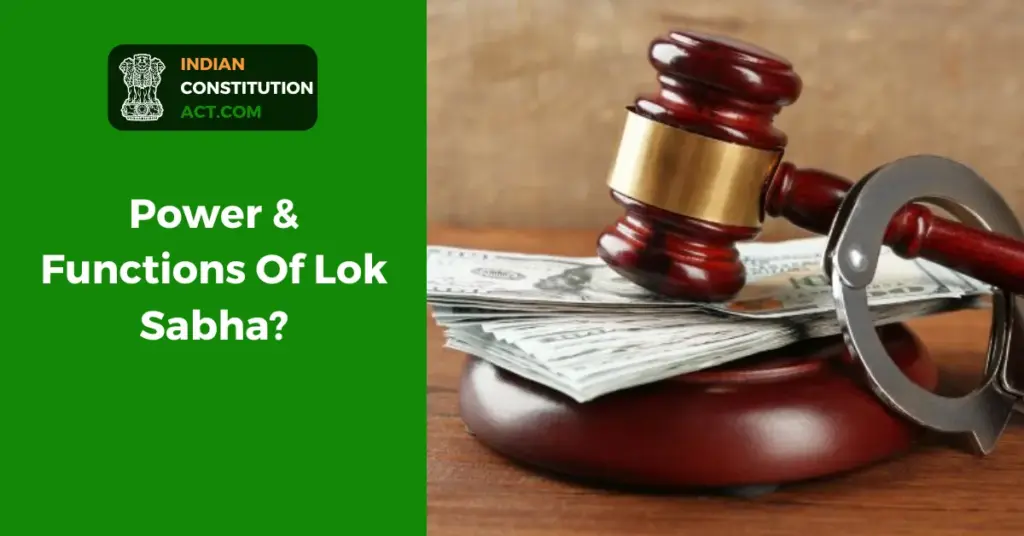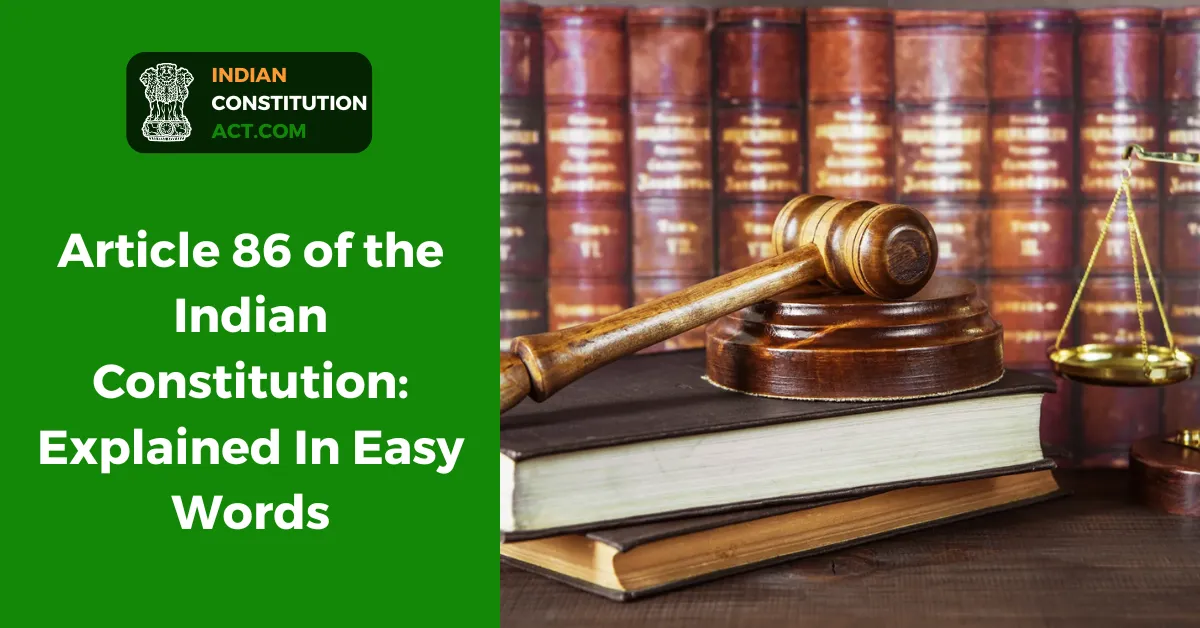Article 86 of the Indian Constitution states that the President has the right to address the Lok Sabha or the Rajya Sabha at any time or convey any message to them. This article explains what the President can inform the House of Parliament and what action the Lok Sabha and Rajya Sabha will take. Let us read each line of this article carefully and try to understand what this article wants to say. Do not miss even a single line of this blog post, otherwise you may face difficulty in understanding Indian Constitution Article 86.
Table of Contents
Article 86 of the Indian Constitution: In Easy Words
Article 86 says, the President has the right to address the Lok Sabha or the Rajya Sabha at any time or convey any message to them:
The President has the right that if he/she wants, he or she can address the Rajya Sabha, Lok Sabha, or both Houses and tell them something.
If the President wants, he can send a message to any assembly that is related to a bill or a bill pending in the Parliament. The President can tell through the message that do something about the pending bill or pay attention to it.
At the same time, the President can send such a message which is very important even if it is not under discussion in the Rajya Sabha or Lok Sabha. For example, Let us assume that a state has been attacked by terrorists and this issue has not been discussed in the Rajya Sabha or Lok Sabha yet. In this situation, if the President wants, he can send a message to pay attention to this issue or discuss it.
Also read: What Is Article 84 Of The Indian Constitution: Explanation
What Is Article 86 States?
Right of the President to address and send messages to Houses:
The President may address either House of Parliament or both Houses assembled together, and for that purpose require the attendance
of members.The President may send messages to either House of Parliament, whether with respect to a Bill then pending in Parliament or otherwise, and a House to which any message is so sent shall with all convenient despatch consider any matter required by the message to be taken into consideration.
Power & Functions Of Lok Sabha?

We would like to tell you that the Lok Sabha contains more power than the Rajya Sabha. The money bills can only be introduced in the Lok Sabha and Rajya Sabha can not reject those bills and the Rajya Sabha has to return that bill to the Lok Sabha within 14 days with its suggestions. The Rajya Sabha can reject the non-money bills if it wants.
In this case, the President calls a session of the Rajya Sabha and the Lok Sabha together in which it is decided based on votes whether the bill will be passed or not. There are 552 members in the Lok Sabha and 250 members in the Rajya Sabha, so most of the decisions are taken by the members of the Lok Sabha.
